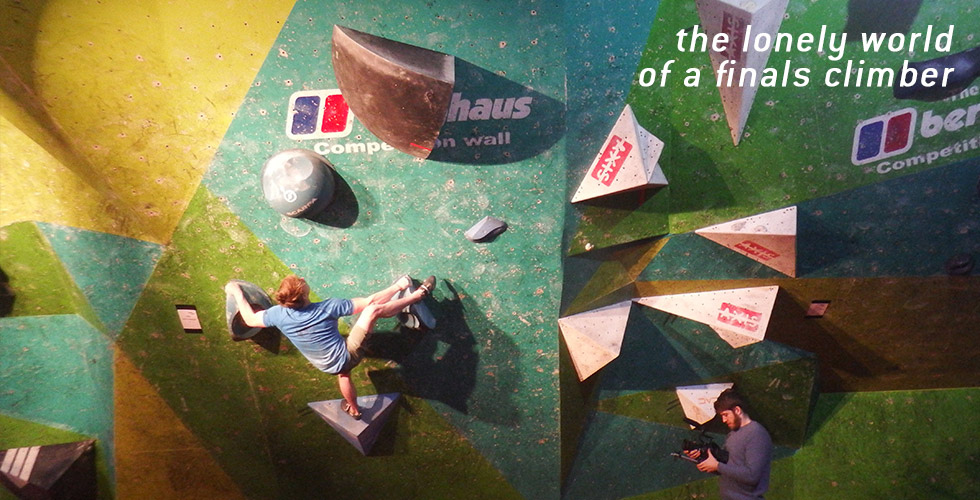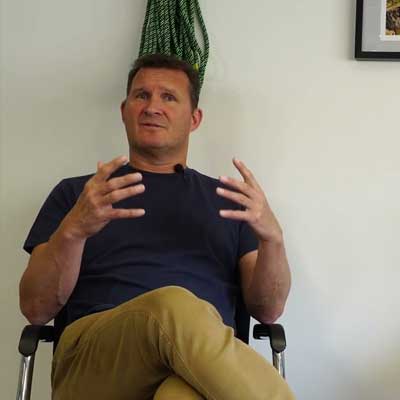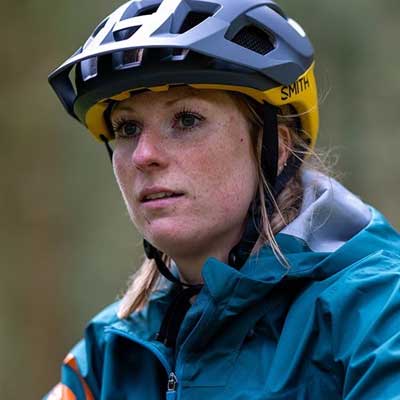Found a passion for climbing? Take it to new heights and enter a competition. Coach Alistair Lee explains the different events in the climbing calendar. Got a question? Ask us over on Facebook.
When I talk to people about competition climbing the first thing they generally ask is: ‘How does it work? Is it the quickest to the top?’ Short answer – no, long answer – kind of… but mainly no. Confused yet?
There are 3 main types of competition climbing: lead, boulder and speed. When I’m talking about these different forms I will be referring to the larger competitions, as local comps can have different rules and formats.
LEAD CLIMBING COMPETITIONS
Lead climbing takes a very simple form. You get one attempt at each route, clipping your rope into quickdraws as you go, and the highest hold you get to gives you your points. There is generally a qualification round where the competitors can try and ‘flash’ two routes. This means they can watch the other competitors on the route beforehand, allowing them to work out the best, most efficient way of doing the route.

For all rounds, there is a 6 minute time limit on the route (although this can change depending on how long the route is). If the climbers achieve a certain rank in the table of competitors they then qualify for semi-finals, their rank being determined by the highest hold they achieve. In semis, the climbers have to try and ‘onsight’ the route. This means they cannot watch other competitors on the route, so everyone has the same knowledge prior to their attempt.
Before anyone has attempted the route, the competitors come out together for a 6 minute ‘observation’ period, where they talk through the route together, trying to suss it out before they get on it. Based on how they do this route, they can then qualify for finals.
By this stage, there are normally only around 8 competitors left. They are faced with one final route that, again, they must onsight in the same format as before. The routes get progressively harder and very few competitors top the final route (thanks to the route setters). Finally, the person who gets to the highest hold – or got to the same hold in a lesser time – wins.
BOULDERING COMPETITIONS
Bouldering competitions work a bit differently. Again, there are qualifications, semi-finals and finals, but this time the routes (referred to as ‘problems’) are only around 5 metres tall. Now, it’s about doing the hardest moves possible.
For qualification and semis, the competitors are presented with a series of problems they have to complete. For bouldering, it’s all about the number of attempts it takes you to complete the boulder. For example, doing the problem in only two attempts will gain you a higher place than someone that took four attempts.

In bouldering, there will also be a bonus hold halfway up and if – for example – you reached the bonus hold on your first attempt, but didn’t gain the top, and the next competitor takes three, you will have a higher place. In the end, all your tops and bonuses are added up for each round, and this determines your place.
Around 6 competitors qualify for finals. Here the competitors have to try and onsight 4 problems and have 4 minutes on each problem. Like for lead, the competitors get an observation period where they can work together to find the best way of doing the problems. After this, they have to go into isolation so no competitor has an advantage.
In the end, the person who has the most tops in the least attempts wins. If there is a draw, it goes down to whoever has the most bonuses in the least attempts. This form of competition has particular relevance for British climbers as GB athletes seem to thrive, with big names such as Shauna Coxsey taking multiple podium positions in the IFSC World Cup.

SPEED COMPETITIONS
Speed is an easy one. For speed climbing, the route is always the same. Competitors can train as much as they like on the route, then when it comes to competition day the fastest to the top wins. If only they were all this simple!
OTHER VARIANTS
As with any sport, there are other forms of competition such as mixed. Similar to lead, mixed climbing uses winter tools and uses ice and rock. There’s also Psicobloc, an original one where your body and mind is tested. It’s similar to a lead route sized boulder but it’s above a large swimming pool… so your only protection is the water below you.
For more information I’d recommend www.ifsc-climbing.org or the IFSC Youtube channel.





